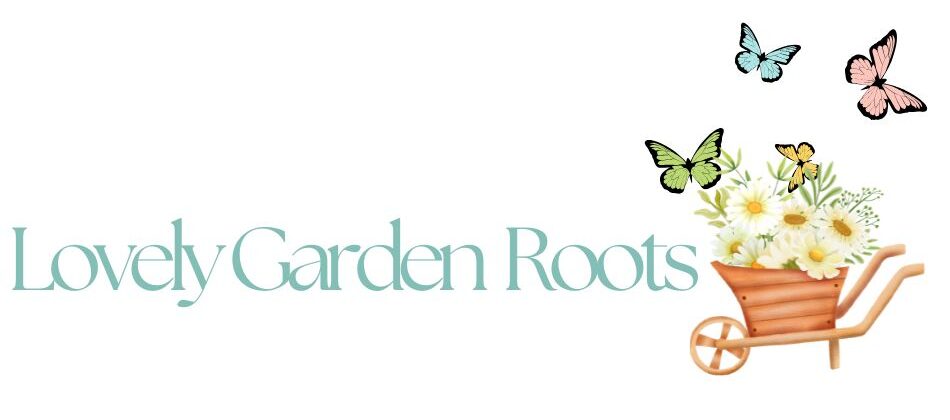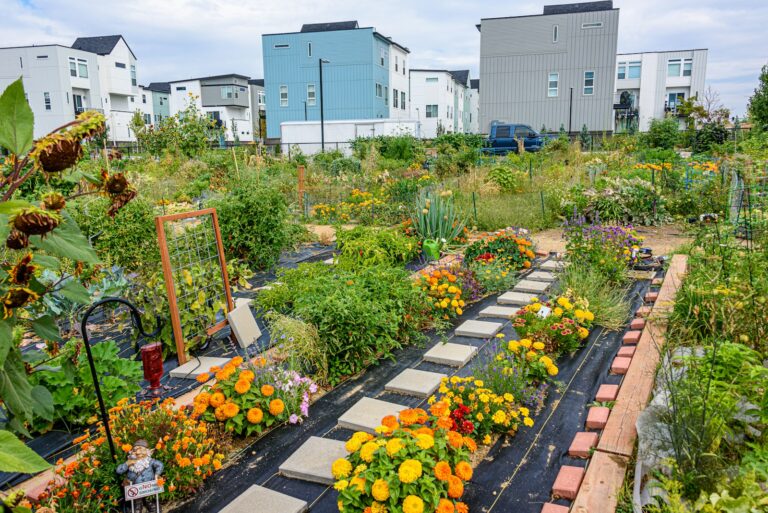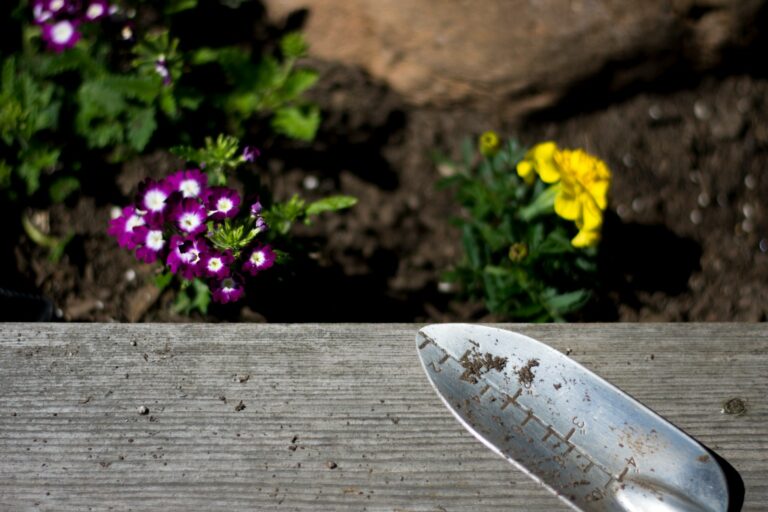Journaling Your Garden Journey: Why It Matters for Growing Joy and Success
Journaling your garden journey helps you track what works and what doesn’t, so you can improve your gardening year after year. By writing down your planting dates, weather conditions, and results, you create a personalized guide that makes future gardening easier and more successful.
Keeping a garden journal also helps you remember small details that can make a big difference, like which seeds thrived or how a late frost affected your plants. It’s a great way to learn from both your successes and mistakes, saving you time and effort in the long run.
Plus, your journal becomes a record of your personal growth alongside your plants. Seeing your progress season after season can be motivating and even relaxing, making the act of gardening more rewarding. If you want to dig deeper into the benefits, check out why a garden journal is so helpful.
The Benefits Of Journaling Your Garden Journey

Keeping a garden journal helps you track what’s happening with your plants, understand what works well or doesn’t, and makes your time in the garden more rewarding. It gives you a clear picture of your garden’s progress and helps you notice details you might otherwise miss.
Tracking Plant Progress
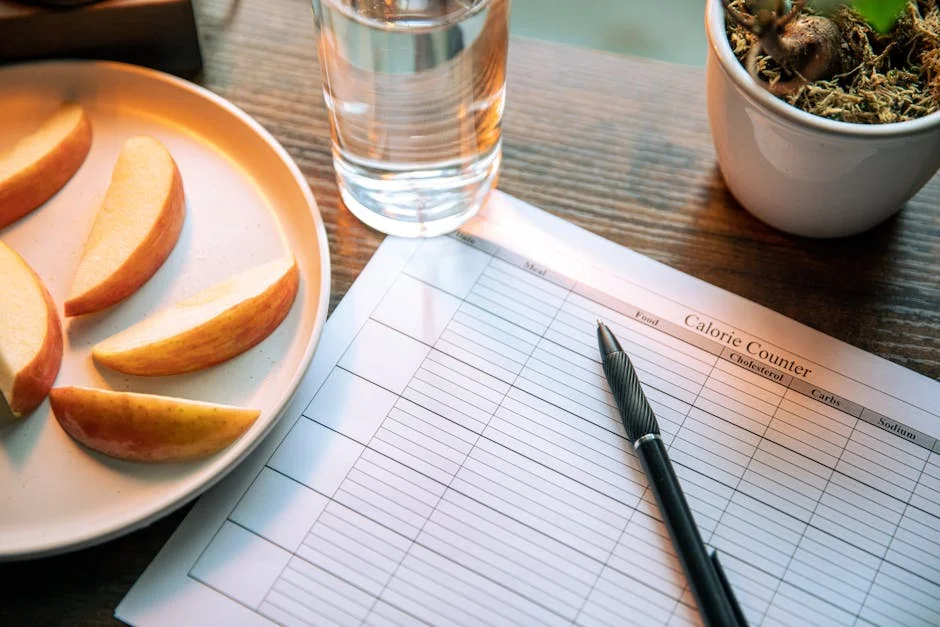
When you write down planting dates, growth stages, and bloom times, you create a timeline of your garden’s development. This record shows you how fast plants grow and when they produce flowers or fruit.
You can also note weather conditions or soil changes that affect growth. This detailed tracking lets you compare seasons and helps you decide the best times to plant or harvest.
A simple table with dates, plant type, and notes can keep your journal organized:
| Date | Plant | Growth Stage | Notes |
|---|---|---|---|
| April 5 | Tomato | Seedling | Warm weather, watered daily |
| May 20 | Lettuce | Harvest | Early bloom, harvested healthy |
Using this method ensures you have clear, actionable information for future seasons.
Learning From Successes And Mistakes

Your garden journal acts as a personal guide to what worked and what didn’t. Writing down how you prepared soil, which fertilizers or pest controls you used, and the results helps you avoid repeating mistakes.
For example, if a plant struggled due to overwatering, you’ll recognize that pattern. Alternatively, if a new tomato variety thrived, you’ll know to try it again.
This ongoing learning improves your gardening skills year after year. You can also experiment methodically and track outcomes, turning your garden into a practical classroom.
Boosting Mindfulness And Enjoyment

Journaling encourages you to slow down and observe your garden with more focus. Describing plant colors, scents, and changes over time deepens your appreciation for nature’s rhythms.
Writing regularly becomes a calming ritual that improves your connection to the garden. Over time, you notice small details like insect visits or sunlight shifts, making gardening feel more meaningful.
This mindful approach can reduce stress and boost your enjoyment of gardening, turning it into a rewarding experience beyond just growing plants.
For more on how journaling supports your garden journey, check out this guide on starting a garden journal.
Essential Elements Of A Garden Journal
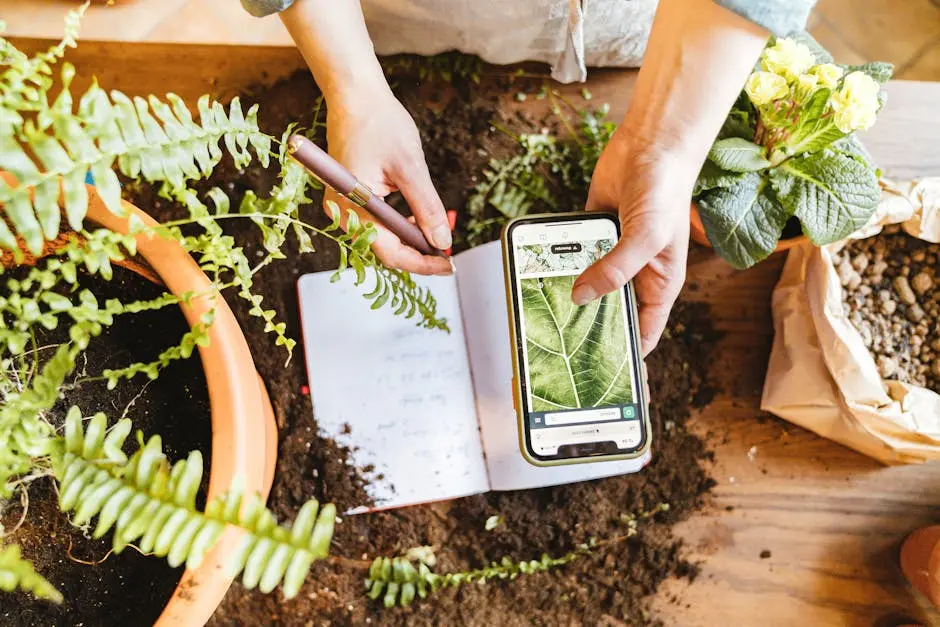
A good garden journal helps you track key details that affect your plants’ growth. Paying attention to weather, soil care, and plant varieties gives you clear information to improve your gardening year after year.
Recording Weather And Seasonal Changes
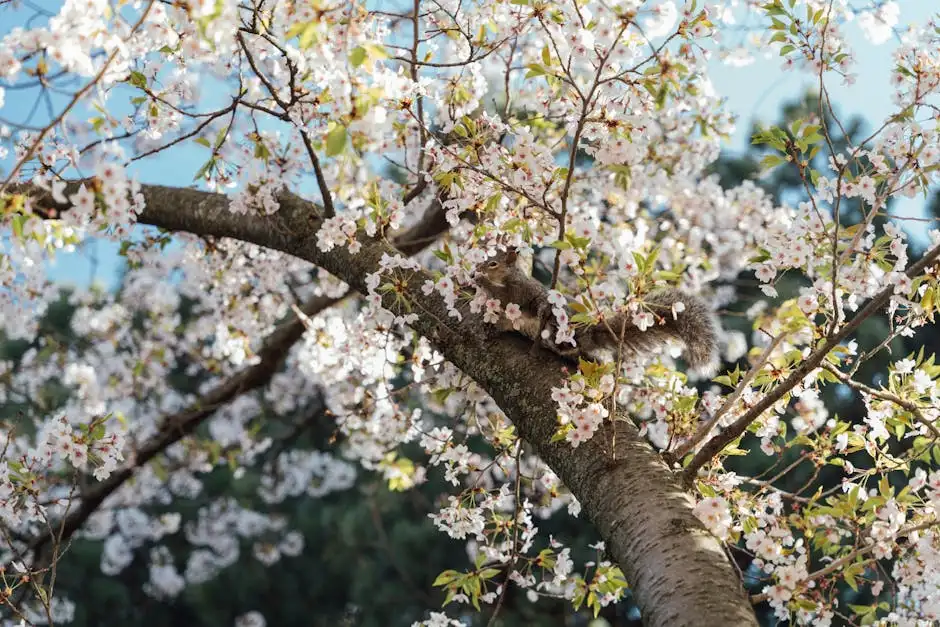
Start by noting daily or weekly weather conditions like temperature, rainfall, and sunlight hours. These details help you understand how your garden responds to different climates.
Record the first and last frost dates in your area. This information guides when to plant or protect sensitive plants.
Track seasonal changes such as blooming times and leaf color shifts. Observing these helps you recognize patterns and anticipate future garden needs.
Using a simple table like this can organize your notes clearly:
| Date | Temperature | Rainfall | Sunlight Hours | Notes |
|---|---|---|---|---|
| April 5 | 60°F | 0.1 in | 7 | Early blooms |
| May 10 | 75°F | 0 | 9 | Dry spell begins |
Documenting Soil And Watering Information
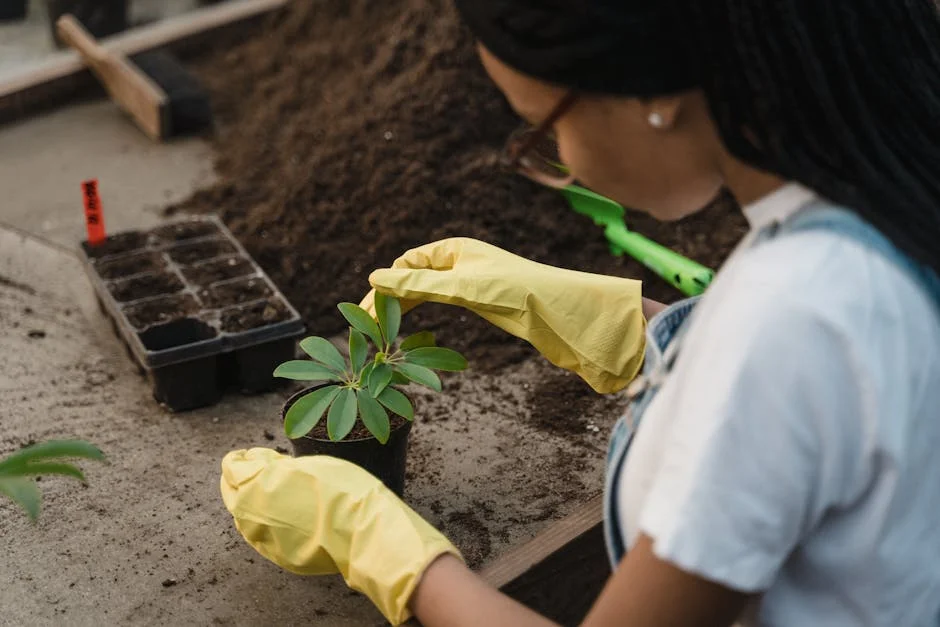
Record your soil type and amendments like compost or fertilizers. This helps you track what improves plant health.
Keep a watering log noting frequency, amount, and timing. This is useful to avoid overwatering or underwatering.
You should also observe soil moisture levels before watering. Checking soil texture and drainage will help you adjust your watering schedule.
Note any changes you make, such as adding mulch or adjusting irrigation. These details provide clues about what works best for different plants.
Cataloging Seeds, Plants, And Harvests
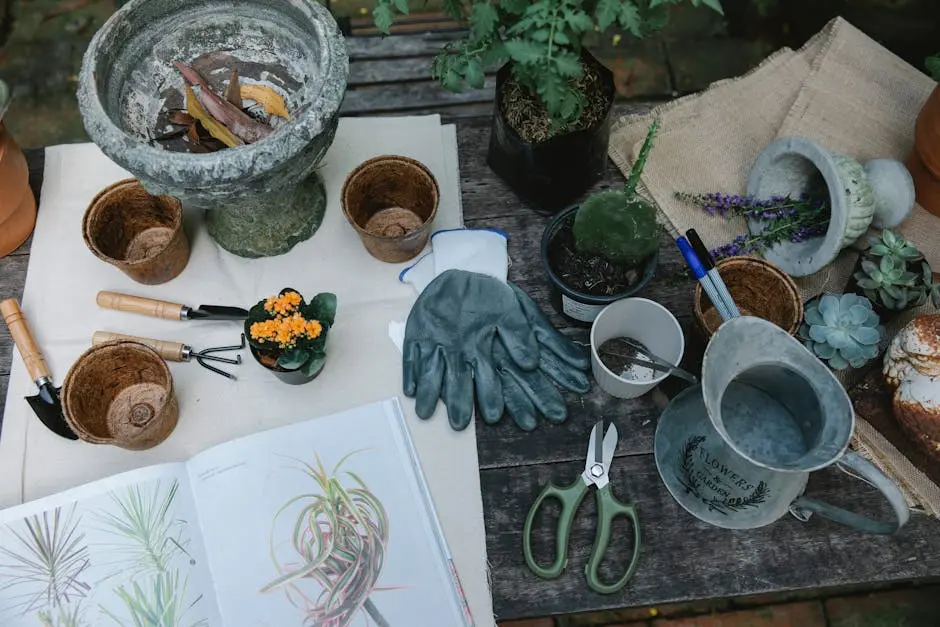
Create entries for each seed variety or plant you grow. Include source, planting date, and germination notes to track success rates.
Record growth progress and any problems like pests or diseases. This helps identify patterns and troubleshoot issues early.
Track harvest dates, yield amounts, and quality. You can spot trends in productivity over time.
Adding photos or sketches of plants can help you visualize growth stages and changes.
Organizing your entries like this makes it easier to review:
| Plant Name | Planting Date | Issues Noted | Harvest Date | Yield |
|---|---|---|---|---|
| Tomato ‘Roma’ | April 20 | Aphids in May | July 30 | 15 lbs |
| Basil | May 1 | No issues | July 15 | Several bunches |
How To Start And Maintain Your Garden Journal

Starting a garden journal begins with picking the right tools and organizing your approach. You’ll want a system that fits your lifestyle and keeps you motivated. Creating a consistent habit makes all the difference in capturing useful insights over time.
Choosing A Journal Style

Decide if you prefer a physical notebook, digital app, or a hybrid format for your journal. A notebook offers flexibility; you can sketch, tape seed packets, and write freely. A grid or lined journal helps keep notes organized.
Digital apps or documents allow easy editing, photo uploads, and reminders. Choose one that syncs across your devices if you garden in multiple areas.
Consider what you will track: planting dates, weather, growth stages, pests, or harvest yields. You might also want sections for garden layouts or seasonal reflections.
Tip: Use color-coding or symbols to mark critical information quickly, like watering days or crop rotation schedules.
Setting Up A Journaling Routine

Pick a regular time to update your journal, such as after watering or weekly. Consistency turns journaling into a habit.
Keep entries short but precise. For example, note planting dates, weather conditions, and any changes or problems encountered.
Include photos or sketches to capture growth or layout adjustments.
If a daily update feels too much, start with weekly summaries. Over time, increase detail as you get comfortable.
Set reminders on your phone or calendar to keep your journaling on track, especially during peak growing seasons.
Following these steps helps you create a useful and lasting garden journal. For more detailed guidance, check out how to start and keep a gardening journal for success.
Creative Ways To Document Your Garden Journey

You can bring your garden journal to life by including visual elements and using technology. Both methods help capture details you might otherwise forget, making it easier to track progress and plan future seasons.
Incorporating Photos And Sketches

Adding photos lets you see your garden’s growth over time. Snap images of plants at different stages—seedlings, full bloom, or harvest. Use a simple album or glue prints directly into your journal.
Sketching helps when details are hard to capture with photos. Draw planting layouts, leaf shapes, or garden designs. Even rough sketches let you note observations that photos might miss, like pest damage or bloom patterns.
Try labeling each image or drawing with dates and plant names. This makes your record clear and useful, especially when reviewing what worked well or what needs adjusting.
Using Apps And Digital Tools

Gardening apps let you quickly log planting dates, weather, and care routines. Many apps offer reminders for watering or fertilizing, helping you keep on schedule.
Digital journals can include photos, notes, and even plant databases—all in one place. You can access your garden records from anywhere, making it easier to update on the go.
Look for apps that provide planting suggestions tailored to your region or garden type. Some also let you share your progress with gardening communities for advice and support.
Using a mix of notes, photos, and digital entries makes tracking your garden stress-free and organized. For more about these tools, check out this guide to garden journaling.
Using Your Garden Journal For Future Planning

Your journal becomes a reliable tool to track progress and mistakes. It helps you design focused gardening goals and prepares you for upcoming projects by reflecting on past seasons.
Setting Seasonal Goals

Use your journal to outline clear, achievable goals for each season. Review which plants thrived or struggled and note weather patterns that affected growth. This insight helps you decide what to plant, prune, or replace.
Create a simple goals list like this:
| Goal | Action Steps | Timeline |
|---|---|---|
| Improve tomato yield | Plant disease-resistant varieties | Spring |
| Enhance soil quality | Add compost and mulch | Fall |
| Increase pollinators | Add native flowering plants | Summer |
Setting specific goals based on your journal entries keeps you focused and makes planning structured rather than random.
Preparing For Upcoming Garden Projects

Planning involves gathering materials, scheduling tasks, and anticipating challenges. Your journal highlights past issues like pests, soil problems, or watering mistakes. Use this info to adjust your approach.
For example, if your journal shows the soil drained poorly last year, you might plan raised beds or adjust watering schedules this time. Note equipment you’ll need and order seeds early to avoid delays.
Writing out your step-by-step plan before starting prevents surprises. It can include:
- Tools checklist
- Seed starting dates
- Fertilizer schedules
- Pest control methods
Your journal turns your garden from a guessing game into a well-organized project. For more ideas on maintaining detailed entries, check out this guide on keeping a gardening journal for future planning.
